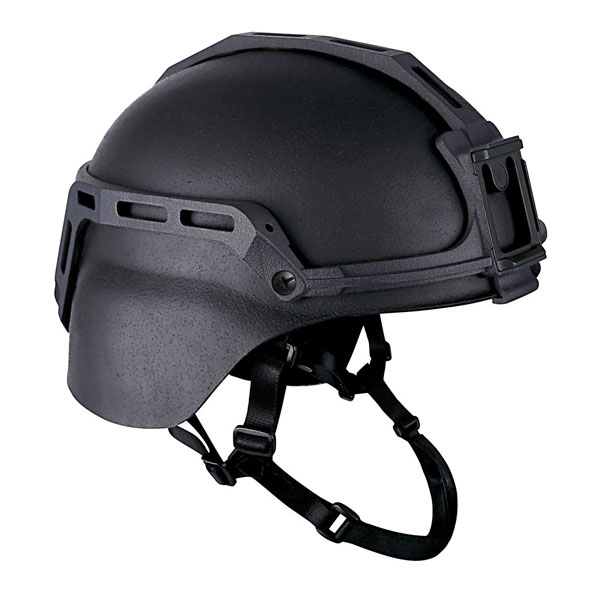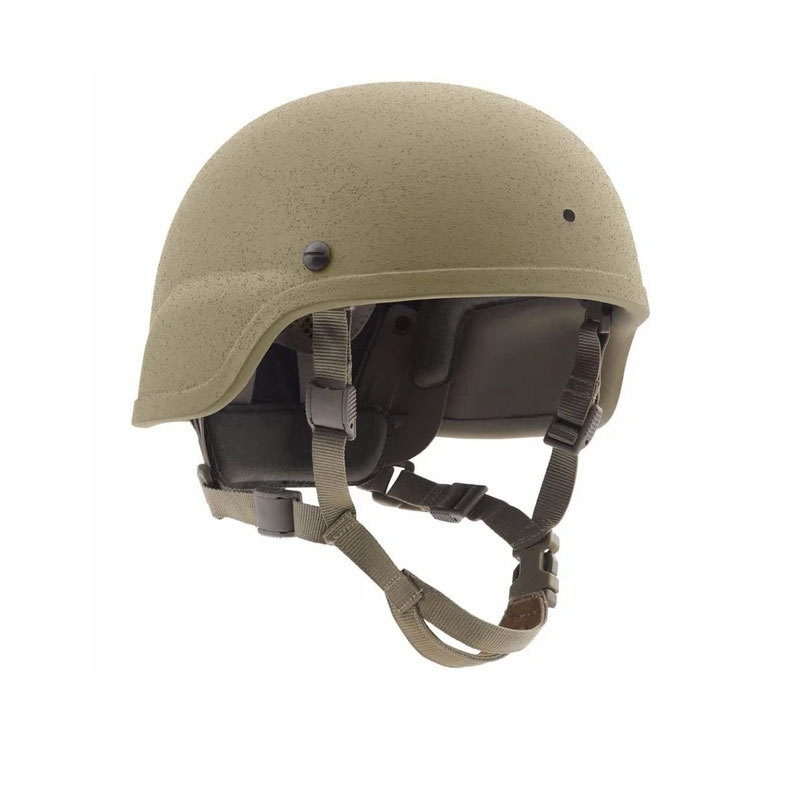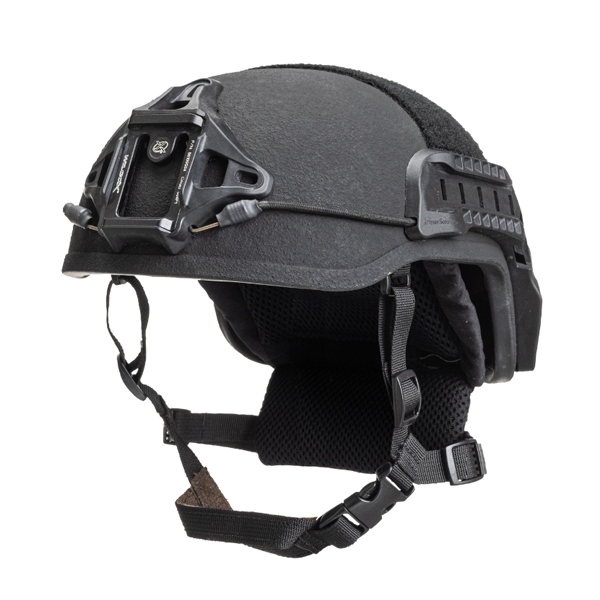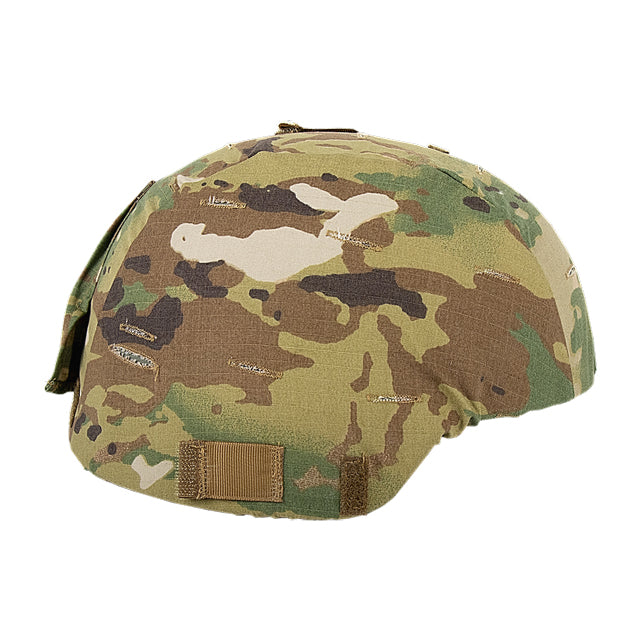Introduction
The Advanced Combat Helmet (ACH) is a staple in modern military gear. Designed to provide superior protection, the ACH has seen deployment across a range of military operations. It is often associated with the U.S. Army, but its use extends to various allied forces. Unlike older models, the ACH incorporates advanced materials and design enhancements for greater efficacy. This article delves into the multiple facets of the Advanced Combat Helmet, from its historical development to its role in contemporary military strategy.

Historical Development
Evolution of Military Helmets
The journey to the ACH began many decades ago. Traditional helmets, such as the M1 helmet used in World War II, offered limited protection. With evolving warfare tactics and the advent of modern weaponry, the need for more effective headgear became apparent. The Personnel Armor System for Ground Troops (PASGT) helmet came into service in the 1980s. However, it, too, had limitations which led to the development of the ACH.
Introduction of the ACH
The ACH was introduced in the early 2000s as an upgrade to the PASGT helmet. Unlike its predecessor, the ACH uses advanced composite materials. It features a more streamlined design that allows for greater compatibility with modern communication devices and other tactical equipment. The helmet was first deployed in combat during the Iraq War, where it received positive feedback for its improved functionality and protection.
Design and Materials
Shell Composition
The ACH primarily consists of advanced Kevlar materials. These are lighter and stronger than traditional steel helmets. The Kevlar layers are meticulously woven to provide maximum ballistic protection while minimizing weight. This offers soldiers greater maneuverability without compromising on safety. The helmet’s construction also includes a padded interior for shock absorption.
Suspension System
One standout feature of the ACH is its suspension system. This system includes adjustable straps and padding that can be customized for each individual soldier. This adaptability ensures both comfort and a secure fit, even in harsh operational conditions. It also reduces the risk of traumatic brain injury by absorbing and dispersing shock from blasts and impacts.
Face and Visor Options
The ACH can be outfitted with various accessories, including face guards and ballistic visors. These additions provide extra layers of protection. The face guards protect against shrapnel and debris, while ballistic visors offer considerable resistance to small arms fire. This versatility makes the ACH adaptable to different mission requirements, from close-quarter combat to reconnaissance.
Functional Advantages
Enhanced Protection
The primary function of the ACH is to protect the wearer’s head from various threats. It is designed to withstand ballistic impacts, shrapnel, and blunt force trauma. Studies and field reports indicate that the ACH significantly reduces the likelihood of fatal head injuries. Its advanced materials can stop fragments traveling at high speeds, typically encountered in combat scenarios.
Improved Mobility
Mobility is crucial for soldiers in the field. The ACH’s lightweight design enhances soldiers’ ability to move quickly and efficiently. Unlike older, bulkier helmets, the ACH does not hamper vision or impede movement. Soldiers can easily aim their weapons, use binoculars, or communicate via radio without removing their helmets.
Communication Compatibility
Modern battles often rely on technological advantages. The ACH is designed to accommodate communication headsets and other tactical gear. This integrated approach allows soldiers to maintain constant communication with their units, improving coordination and effectiveness. The ACH’s interior padding and design also minimize noise interference, making communication clear and precise.
Customization Options
Customization caters to the varied needs of different military units. The ACH offers numerous customization options. Soldiers can attach night vision goggles, infrared markers, and other essential gear. This flexibility ensures that the helmet can be adapted to the specific requirements of any mission, whether it’s a nighttime raid or a daytime patrol.
Real-World Applications
Deployed in Combat
The ACH has been extensively tested and proven in real-world combat situations. From the streets of Baghdad to the mountains of Afghanistan, the helmet has demonstrated its reliability. Soldiers equipped with Advanced Combat Helmets have reported fewer head injuries and a higher survival rate in explosive scenarios. These real-world applications underscore the helmet’s effectiveness.
Law Enforcement Use
Beyond military applications, the ACH is increasingly used by law enforcement agencies. SWAT teams and other specialized units find the helmet’s protective features invaluable. In high-risk operations like hostage rescues and counter-terrorism missions, the ACH provides crucial head protection. Its adaptability to different types of missions makes it a versatile choice for law enforcement.
Humanitarian Missions
The ACH also finds use in humanitarian missions, especially in conflict zones. NGOs and UN peacekeeping forces employ the helmet for its robust protective features. The ability to communicate effectively and move quickly is essential in these scenarios, where both safety and efficiency are paramount. The ACH’s adaptability to various environments makes it a valuable asset.
Psychological Factors
Increased Confidence
A soldier’s confidence can significantly impact their performance in the field. Knowing that they have reliable head protection can boost morale. The ACH provides this peace of mind. Soldiers can focus on their missions without constantly worrying about head injuries. This increased confidence often translates to better performance in high-stress situations.
Unit Cohesion
Uniform gear contributes to unit cohesion. When every member of a unit is equipped with the same helmet, it fosters a sense of unity and equality. This cohesion is crucial for coordinated operations. The Advanced Combat Helmet helps build this unity by being a standardized piece of equipment across military units. This standardization aids in smoother cooperation and better overall mission success.
Influence on Enemy Perception
Wearing advanced gear like the ACH can also influence enemy perception. A well-equipped force appears more formidable, potentially deterring adversaries. The psychological edge of advanced equipment can play a pivotal role in both offensive and defensive operations. The ACH, with its modern design and formidable capabilities, contributes to this psychological advantage.
Future Developments
Technological Innovations
The future of the ACH lies in continual technological advancements. Research is ongoing to develop even lighter yet stronger materials. Innovations in nanotechnology and smart materials are expected to influence the next generation of combat helmets. These improvements will likely offer even better protection without adding weight.
Integration with Digital Systems
Future ACH models may integrate more seamlessly with digital systems. Emerging technologies like augmented reality could be incorporated into the helmet’s visor. This would provide soldiers with real-time data, maps, and other essential information. Such integration would further enhance situational awareness and operational effectiveness.
Environmental Adaptations
Future models of the ACH could also be designed to adapt better to various environments. Heat-resistant and cooling technologies could be incorporated to make the helmet more comfortable in extreme climates. These adaptations would be particularly beneficial for soldiers deployed in regions with harsh weather conditions, enhancing both comfort and performance.
Conclusion
The Advanced Combat Helmet is a vital component of modern military gear. Its advanced materials and design offer unparalleled protection and functionality. From enhanced mobility to improved communication capabilities, the ACH addresses the multifaceted needs of today’s soldiers. Real-world deployments have proven its effectiveness, making it a preferred choice for both military and law enforcement agencies. Future advancements promise even greater capabilities, solidifying the ACH’s role in modern warfare. In sum, the ACH is not just a piece of equipment; it’s a cornerstone of modern military strategy.




